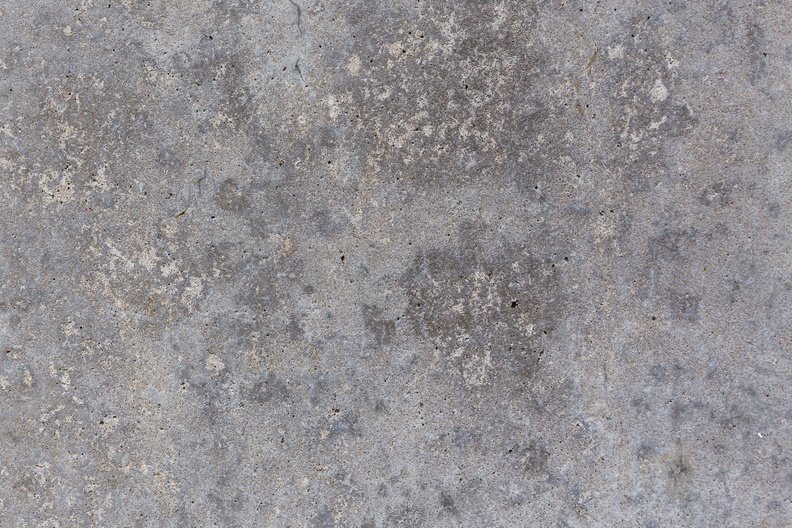
Free Image of Concrete Base 042 More abstract, cement, dirty, flooring, hard Textures and
Here's a video of what a few of you have been waiting for..The full tutorial on how to lay a Concrete Base for a Garden Room. Feel free to ask questions I'll.

DIY Garden RoomPart1 Concrete Base YouTube
Selecting concrete for your garden room base. C20/25 - ST4 C20/25 concrete, alternatively known as ST4, is a type of concrete that is versatile and widely used for various domestic and industrial constructions. "C20/25" indicates the characteristic cylinder and cube strength of the concrete, making it suitable for providing solid bases.

Concrete Base Round 25mm X5 Micro art studio bases for miniatures
The basic structure is 4 pieces of wood, cut to length and fixed together to form a rectangular frame. The base I created was 100mm deep, so I used 100x47mm lengths of timber (4×2 inch). These were screwed together in each corner with a couple of 4-inch screws.

How to Build a Concrete Shed Base A DIY Guide to Laying a Garden Shed Base DIY Doctor
Concrete Slab Foundation. Mark the area and excavate to approx 150-200mm depth. Infill 75 -150mm with 40mm scalping (MOT 1) and compact using a vibrator plate, roller or tamper. Go over the whole area three times to ensure it is compacted. Build your shuttering so that the top of the concrete base will be approximately 3 - 5 cm above ground.
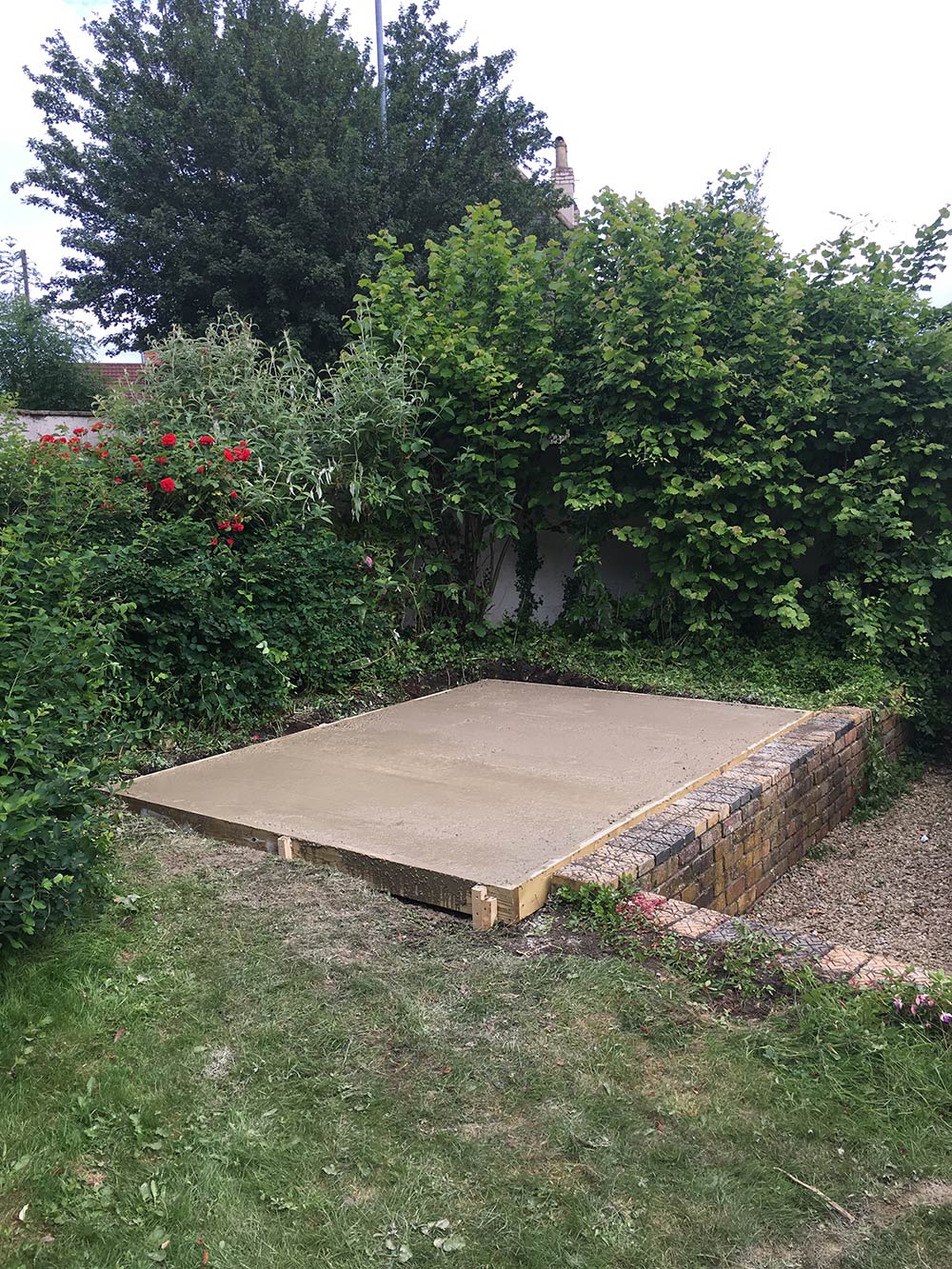
Build a garden room base Garden room foundations
If the space is very uneven, it is more time consuming to install and can be unsuitable. Not suitable if the ground is particularly boggy or soft. Poured Concrete Slab Garden Room Foundation. Cost: £2,000 - £4,000 (approx) Concrete slab garden room bases require excavation, a layer of hardcore.
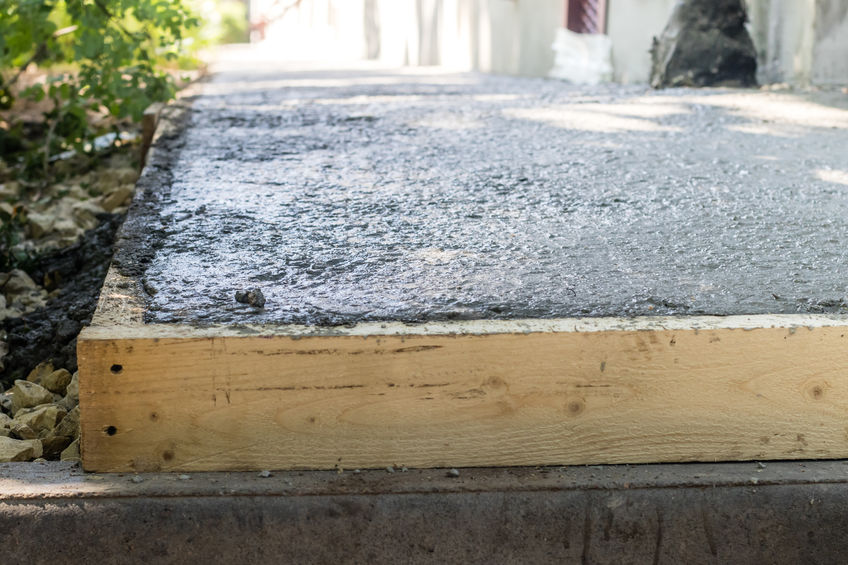
Types of Bases for Garden Buildings / Outhouses Our Blog Posts
Grained effect wood composite encapsulated in a co-extruded high polymer skin providing an impermeable layer of protection from staining, scratching, mildew and fading. 55% recycled timber 35% recycled PVC polymer. Skinned / co-extruded system. 3x times more thermally efficient than traditional timber garden building. Embossed woodgrain effect.
_detail.jpg?1538054563)
Insulated Garden Rooms Features & Key Elements
We recommend a concrete base, suitably laid paving slabs or our favorite ground screws. We can provide both of these services at an additional cost. We have listed our preferred options available for garden room foundations. It is vital that the garden building is sited on a level firm base. Getting the foundations right is fundamental to.

So, you're ready to put up your lovely new Garden Room... but what base have you decided on? Eh
Hardcore. The bottom of the base needs a solid foundation to withstand the weight and form of the concrete and the building. The Hardcore is levelled out and compacted with a whacker to provide a stable sub-base. 3. DPC. This is the damp proof course which is needed to stop any damp seeping through the concrete floor.
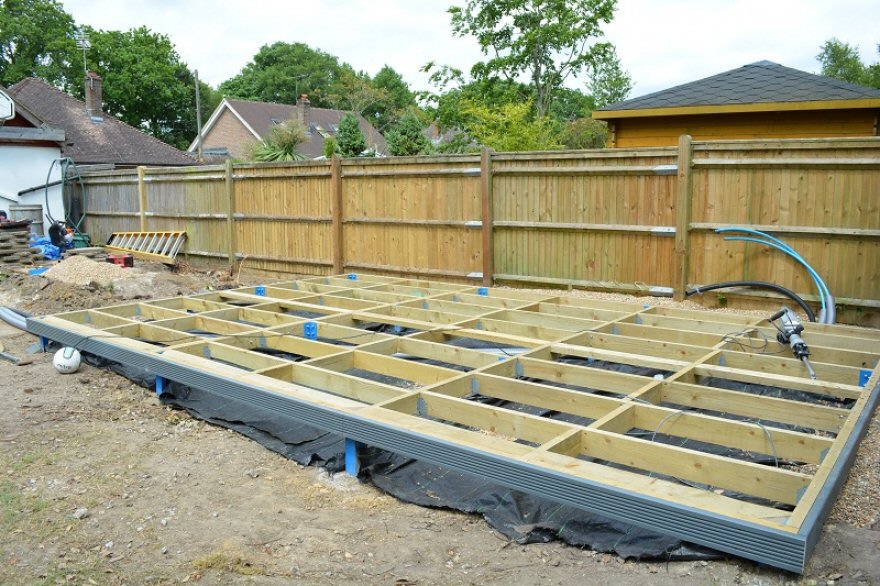
Base Work Bakers Garden Buildings
Quick Delivery. 24/7 Customer Support. Concrete for Garden Room Bases London, UK. Express Concrete are the leading suppliers of Concrete in London & Surrounding Areas.

How to Build a Concrete Base in Preparation for a Garage
When building a new concrete base for a garden room, you can incorporate a damp proof membrane (DPM) that prevents groundwater from entering your garden structure. The 1200 Gauge DPM is designed for use in concrete floors, providing long-lasting protection for years to come. Its durability means that it will not be damaged by foot or site.
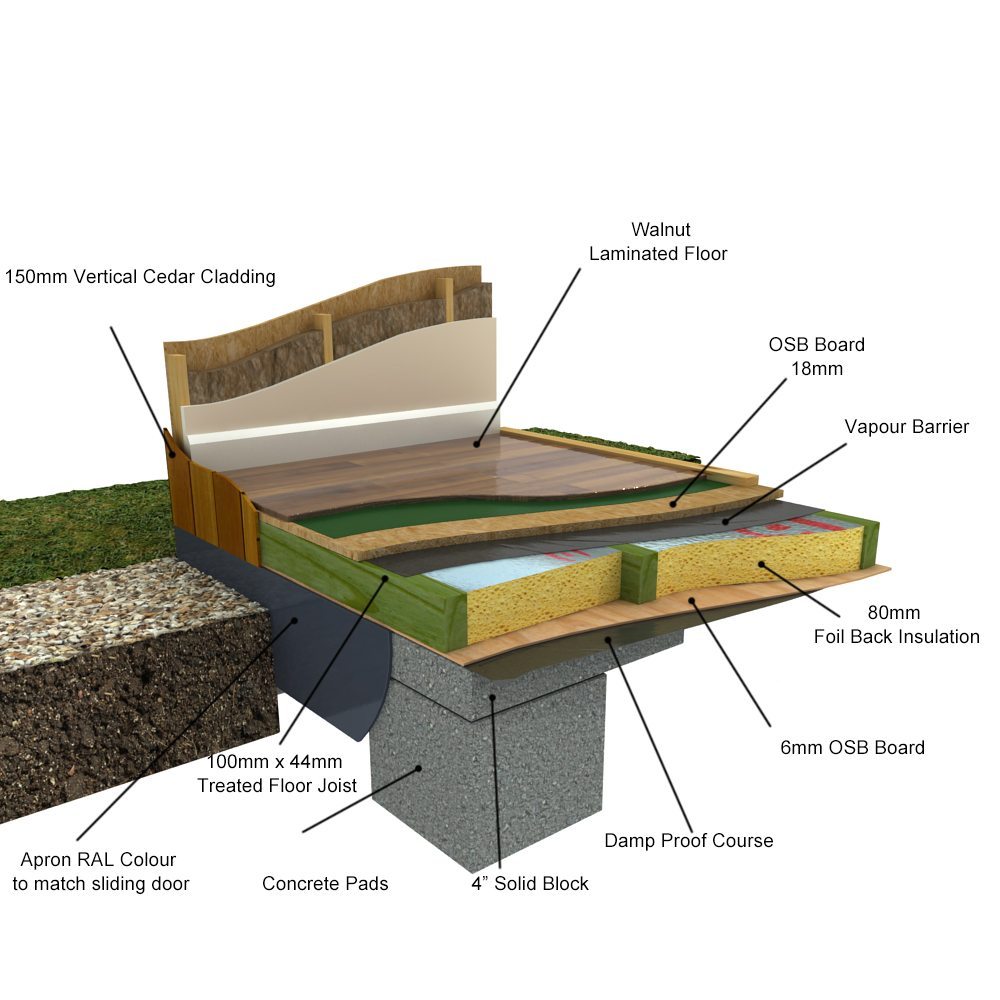
Garden Rooms Frequently Asked Questions & Answers
So if you go down the concrete base route for your Garden Room base then there are a few things to consider:The best version of this is to have a thermally i.
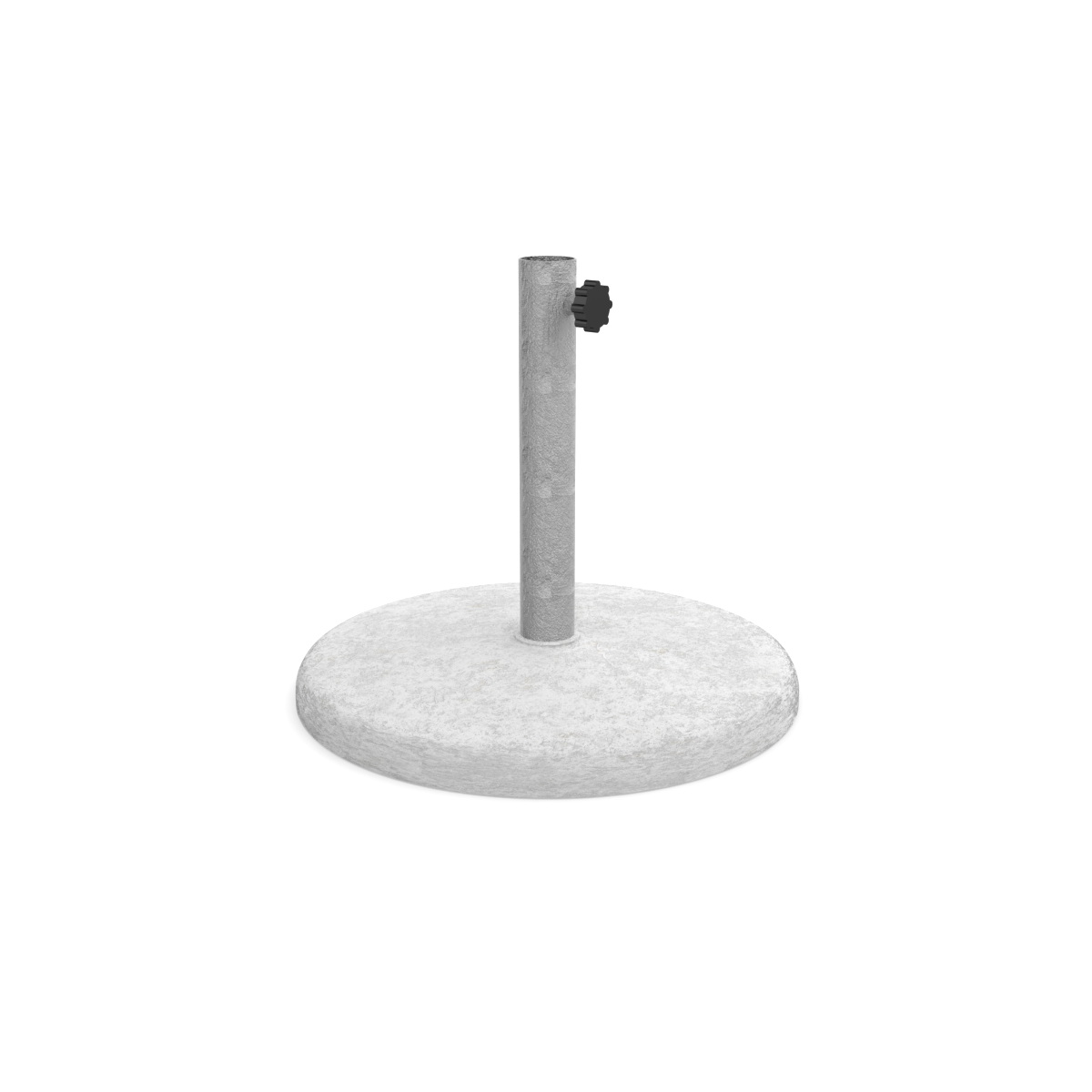
White concrete base 60 cm Ombrellificio Poggesi
How To Build A Concrete Base For Your Shed/Garden Room00:00 Intro00:05 How To Prepare & Level The Sub Base03:06 How To Build Shuttering05:35 How To Install S.
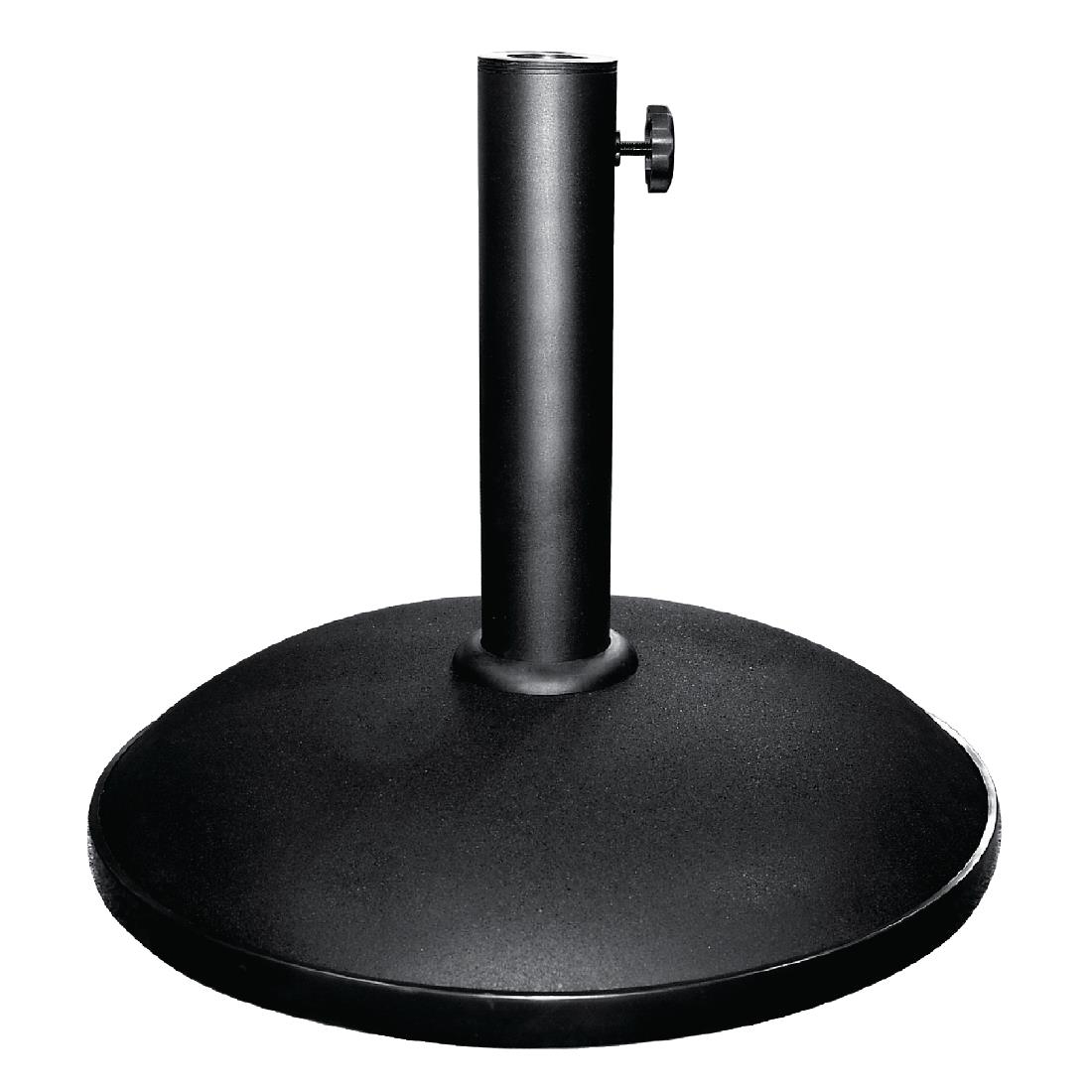
Parasols CW Distributors
This ensures that whatever garden room base you go for, is the right option for you. There are 3 types of garden room bases that we see typically used: 1. Concrete Pad Garden Room Foundation 2. Poured Concrete Slab Garden Room Foundation 3. Ground Screws Garden Room Foundation. Every option has positives and negatives.

Garden room timber base construction YouTube
Concrete is the ideal base for a garden room due to its durability and stability. It provides a solid foundation that can support the weight of the structure and withstand various weather conditions. Additionally, concrete is low maintenance and long-lasting, making it a cost-effective choice for your garden room project.
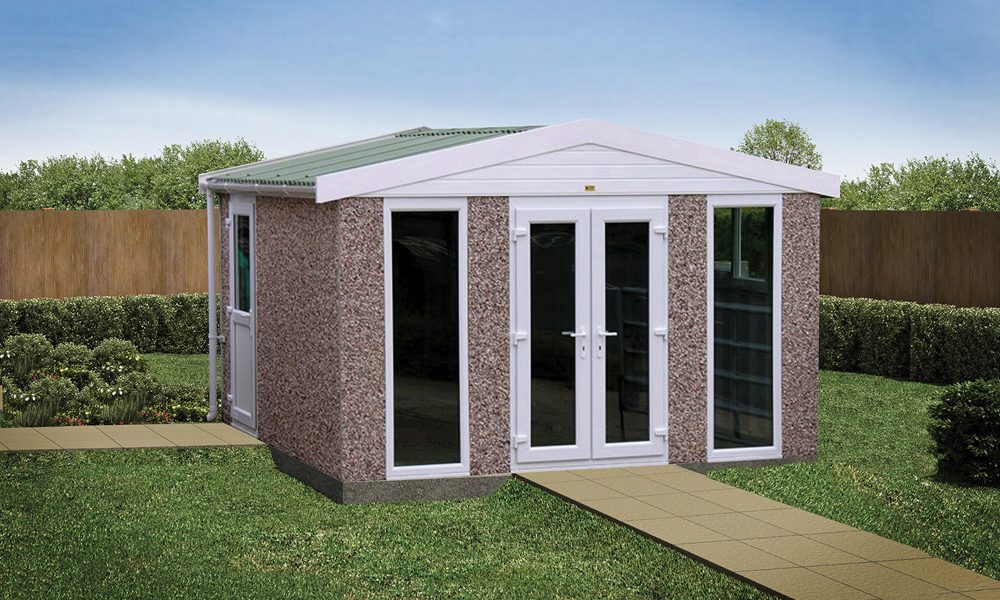
Sectional Concrete Garden Rooms & Buildings Lidget Compton
All are ideal to prevent water collecting around the shed floor and damaging it. These four methods are how to lay: a timber base (also known as a portabase) a plastic base. a paved base, and. a concrete base. Both paved and concrete bases can't be laid straight onto soft ground and so require a sub-base. A concrete base also has a further.

Concrete Base 004 by ShadowRunner27 on DeviantArt
Concrete Bases. We recommend a concrete base for your garden room as the most structurally sound design. Concrete bases particularly suit big timber buildings that are especially heavy. For concrete bases, it's important to install them slightly above ground level. This allows water to drain properly rather than pooling around the base.
- Internal Door Knobs With Backplate
- Win A Trip To Japan
- Schwarzkopf Osis Dust It Mattifying Powder 10g
- Macbeth And The Gunpowder Plot
- Ultra Light Suitcase 4 Wheels
- Galaxy Z Flip 3 Screen Replacement
- Reading Glasses With Blue Light Filter
- Caravan For Hire North Wales
- Ercol Drop Leaf Coffee Table
- Mexican Red Knee Tarantula For Sale Uk